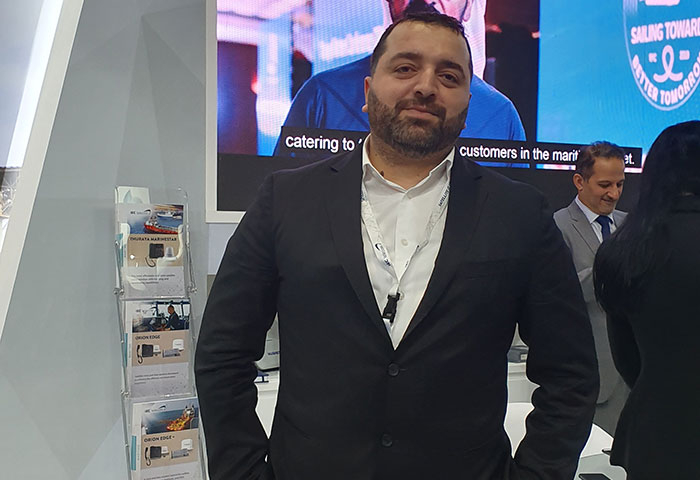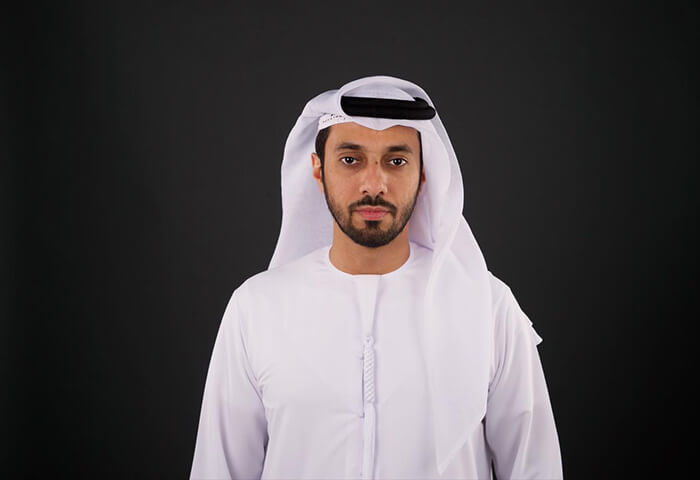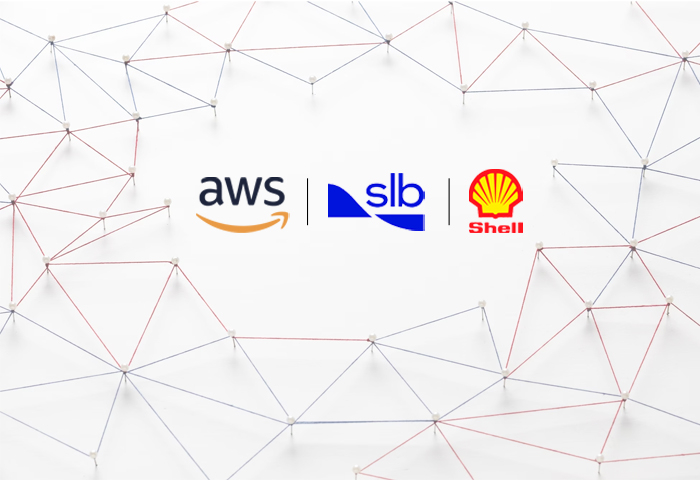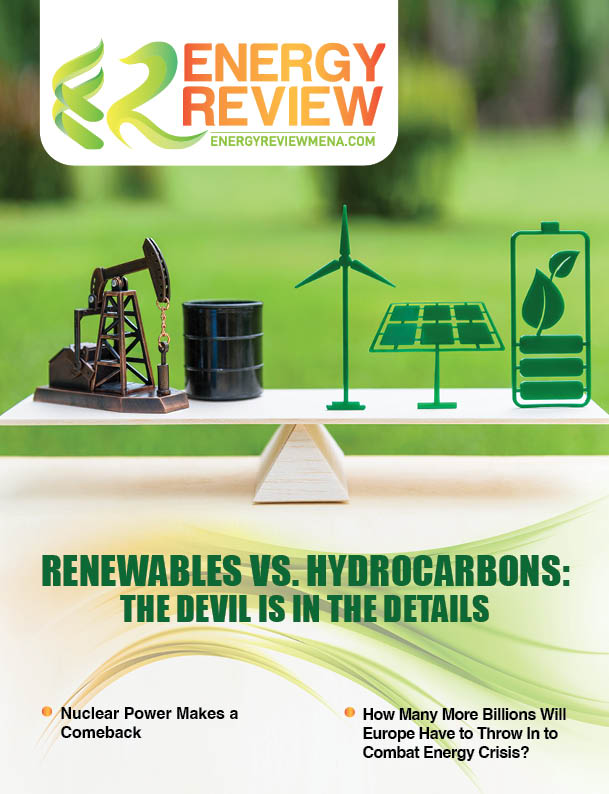How would you describe the current situation in the oil and gas sector?
Globally, oil and gas companies are adopting digitalisation to stay sustainable and competitive, by reducing their production and exploration costs. The oil and gas industry can save up to $73 billion within 5 years in exploration and production by adopting the latest technologies, according to energy consultancy Wood Mackenzie.
We are expecting that oil and gas producers in the Middle East will continue to invest in the sector to scale up their production. According to BP Energy Outlook 2019, the Middle East remains the largest oil-producing region and the second-largest gas producer, with 36% of global oil and 20% of gas output.
Abu Dhabi’s Supreme Petroleum Council (SPC) last year approved ADNOC’s new integrated gas strategy and plans to raise its oil production capacity to 4 million barrels per day at the end of 2020, further increasing it to 5 million barrels per day by 2030.
The SPC’s approval of gas strategy will add potential resources that will enable the UAE to achieve gas self-sufficiency, with the aim of potentially transitioning to a net gas exporter. The SPC announced new discoveries of gas in place, totalling 15 trillion standard cubic feet. It also announced new discoveries of 1 billion barrels of oil in place and approved Adnoc's new five-year business plan and capital investment growth of Dh486 billion between 2019 and 2023.
Connectivity is key to success. The usage of satellite solutions can help in reducing exploration cost and boost the success rate as well. A lot of exploration sites are based in areas where telecommunication infrastructures are often unreliable or unavailable. Moreover, the constant change in locations and the challenging site conditions mean that implementing terrestrial communications can be both costly and impractical. Satellite solutions enable digitalisation even in the most remote areas and provide reliable back up for GSM-connected in-land sites. The digital oil field is no longer a concept, but a reality, opening new horizons for the industry.
What new solution did you present at ADIPEC this year?
At ADIPEC 2019, IEC Telecom Group along with its strategic partners –Thuraya, Intellian and Yahclick presented their latest solutions as ‘one-stop shop’ for all satcom enquiries to support the increasing demand for real-time communication across the Middle East’s energy sector
We showcased our latest satellite solution, OneGate Energy, designed as a land variation of our unique OneGate network-management solution. OneGate meets the requirements of remote units, by providing access to a virtual platform to store critical applications. The solution also enables technical teams to maintain, update and upgrade onside infrastructure remotely, saving time and money on logistics. OneGate separates the corporate environment from staff network. Such segregation ensures that e-operations and classified data remain safe eliminating cyber threats. The solution also addresses all major challenges of the oil and gas industry including logistics, cybersecurity and optimising connectivity.
In addition to OneGate Energy, we also presented MarineStar, the latest voice terminal by Thuraya designed to become the most affordable solution for marine communication. The new terminal was initially designed for fishing vessels; however and thanks to its compact dimensions and low cost, MarineStar perfectly matches the communication requirements of the energy sector (both for workboats and oil rigs) serving as an essential backup and welfare terminal.
What’s the concept of digital oilfield and how important is the role of satcoms in this process?
Digital oilfield allows the use of the same CRM from your office and in the oilfield, allowing for documents and data to be exchanged and captured by a sensor transmitted directly to a central server. Data will then be automatically analysed to suggest what actions should be taken. Digitalization has the potential to create around $1 trillion of value for oil and gas firms. Moreover, digital transformation in the industry could create benefits worth about $640 billion for wider society.
For the digital oilfield, the most important aspect is communication. However, by implementing automation, organizations also remove key people/talent, leaving decision-making to be made by machines.
When decision-making is made by machines, there can often be a number of problems and concerns.
- If data is not available, the process won’t work. This confirms the importance of satcoms. Despite having a fibre optic network in the oilfield, it is always important to have a backup solution.
- The second concern is cybersecurity and integrity of the data received. For example, if you are notified that an engine is not heating, but in fact, it is and is exposed. The question of data integrity arises.
These concerns make it important to consider a backup solution when moving to automation.
What kind of challenges do you face when operating in the oil and gas field?
There are a number of challenges faced, however, they can all be solved.
With the increase in number of operators and third-party users, a tendency of conflict arises. For instance, an oilfield operator and third parties execute a number of jobs. One common nuance raised by third parties when they don’t deliver on their tasks on hand is on poor internet connection. In these cases, the oilfield operator removes third-parties access to the internet and advises them to use their own. When this happens, there are three or more antennas on the same rig instead of one. It has its impact on operational efficiency, as maintenance will take longer considering need for antenna set up and dismantle, not to mention additional costs for services involved. This, of course, depends on the relationship between the operators, how they behave… etc.
Another challenge is the high expectation of staff or the gap between what is offered offshore and onshore. People today are familiar with the internet and expect to have 20 or 30 megabits per second, but this is not the case in an oilfield. Two years back, everyone was happy to be provided with 1 MB, today even 16 MB are not enough. Millennials now joining the job market cannot imagine life without consistent internet access. Expectations have changed and in order to attract the right talent, energy companies should first and foremost invest in digitalisation of the workplace.
Another challenge for satcom is the time factor. Once new technology is available, it will take at least 4 years to build a new satellite and another 15 years for its exploitation (average lifecycle of a satellite). In other words, satcom developers should think 20 years ahead to ensure their technology will be still in demand upon satellite launch. It is incomparable to GSM market, where new technology can be implemented as soon as ready by simply enhancing available network set up by adding/replacing one of the equipment units.
To sum up, digital transformation does not require a ‘rip and replace’ approach. Organisations should view this as an opportunity to improve the functional capabilities of their facility and move to a new software environment, which extends the life of the traditional legacy systems. The MENA region, especially GCC countries, are at the forefront of nationwide digital transformation agendas, placing MENA 7th out of the 11 regions tracked by Gartner in 2019. The spending on IT is projected to reach US$160 billion in 2019, a 1.8 per cent increase from 2018.









